HTC One (M8) for Windows -- can it outdo the sexiness of Lumia? [Review]
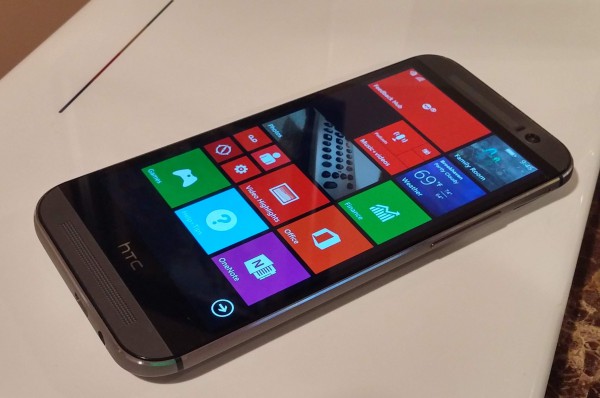
Windows Phone is a very polarizing operating system to say the least. Many consumers refuse to give it a chance, and the ones that do, either hate it or love it. Despite the shortcomings of Microsoft's phone-focused OS, I find it to be a very rewarding experience. Of course, the biggest complaint is a lack of apps, and while there has been much improvement in that area, it is still a valid argument when compared against the iPhone or Android.
Apps aside, it is an intuitive experience that enhances one's life rather than take it over. Android and iPhone users are often in a zombie-like state while using the device, as if it is the sole-focus of their existence. Windows Phone is designed more to be glance-and-go. Unfortunately, while Nokia Lumia handsets have been wonderful, brand-diversity and selection has been severely lacking. Luckily, Microsoft majorly scored by getting HTC to produce a version of its One (M8) that runs Windows Phone. Can the sexy HTC handset outdo the sexiness of the popular Lumia line?
Specs
- Screen -- 5-inch Full HD Super LCD3 Corning Gorilla Glass 3
- Dimensions -- 5.76 inch (H) x 2.78 inch (W) x .37 inch (D)
- Weight -- 5.64 oz
- Network (Verizon Model) -- LTE Band 13/4 (700/1700 MHz), CDMA/1xEVDO Rev. A (800/1900 MHz), Global Network: EDGE/GSM (850/900/1800/1900), HSPA/UMTS (850/900/1900/2100)
- Operating System -- Windows Phone 8.1 Update
- Storage -- 32GB on board, Supports up to 128GB microSD CarD
- RAM -- 2GB
- Processor -- 2.3 GHz Qualcomm Snapdragon 801 GHz Quad Core
- Battery -- 2,600 mAh
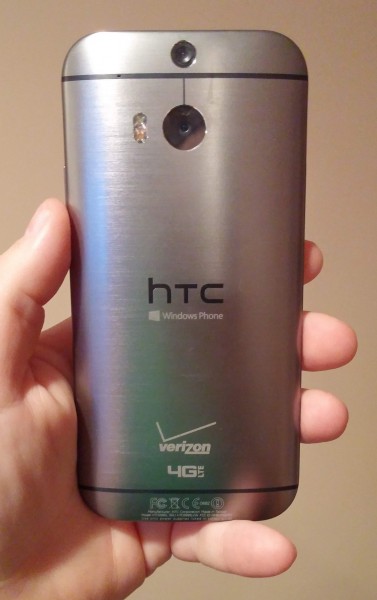
Impressions
As far as hardware, nothing has changed from the Android version of the phone. Yes, you are reading that right; it is the same hardware with a different operating system. This is not a bad thing however, as HTC's design has been largely considered to be the best of any Android device. You see, rather than use a plastic chassis like most smartphones, the One (M8) has aluminum.
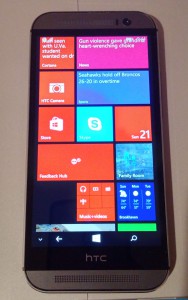
Unfortunately, the metal body carries a downside; you cannot wirelessly charge it. This is a huge disappointment as the last two Nokia Lumia flagships on Verizon, the 928 and 929 Icon, have supported this. It seems that the charging standard will not work through a metal body. Ultimately, you must decide if the trade-off is worth it.
Speaking of the Nokia Lumia Icon, it is only fair to compare it with the HTC One (M8) for Windows as consumers will have to decide between the two. Hell, isn't the the point of a review to help people decide? Unfortunately, other than wireless charging, the Icon bests it in other areas too.
The camera experience on the Icon is top-notch, producing amazing pictures and video. While the HTC takes good photos, they just do not compare. Yes, HTC offers some cool post-photo editing options and the second lens provides the ability for some sweet bokeh, but I would much rather have the Lumia's clarity. Not to mention, the Icon has a dedicated camera button, that makes it easier to take a steady shot.
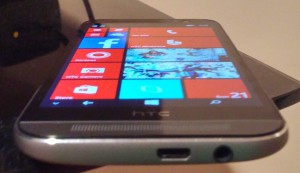
On the subject of buttons, the HTC is unique in that they are on-screen. This implementation works well for navigation, but it does waste screen real-estate. Luckily, you can swipe them down when not in use. Unfortunately, since it is unique to this phone, apps are not designed with the on-screen buttons in mind. You see, on more than one occasion I found content or buttons hidden underneath the on-screen variants. In other words, until I swiped them away, usable parts of the app were hidden.
The HTC One (M8) for Windows is more than a pretty face however. Other than the metal body, the speakers are the other stand-out. Across the board, every Windows Phone has had poor or average speakers. Case in point, the Lumia Icon has a tiny speaker hole that is easy to cover with your finger. It is a constant annoyance that ruins music by essentially muting it. The HTC One (M8) for Windows is the exact opposite; speakers are front facing and well-spaced leading to a wonderful experience for both music and movies a like.
Battery life is surprisingly wonderful, exceeding the performance of the Android version of the One (M8). This seems to indicate that Windows Phone is a more efficient operating system than Google's. I can easily get through an entire day without needing to charge. While I have seen better performance from Nokia's Icon, the HTC is perfectly acceptable.
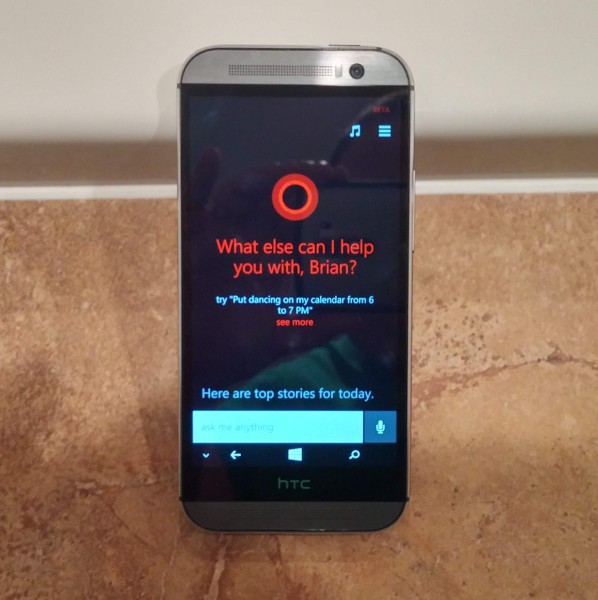
Conclusion
The HTC One (M8) for Windows is a wonderful smartphone that should appeal greatly to the Windows Phone crowd. However, the Nokia Lumia Icon is the better all-around phone, and camera-lovers should look at it instead. Still, if you put a premium on listening to music and overall craftsmanship, the HTC is the way to go; it is sexier. Quite frankly, you can't go wrong with either phone. Actually, unlike Android, there really are no duds in the Windows Phone 8.x family -- it is a great time to be a user of Microsoft's smartphone operating system.
